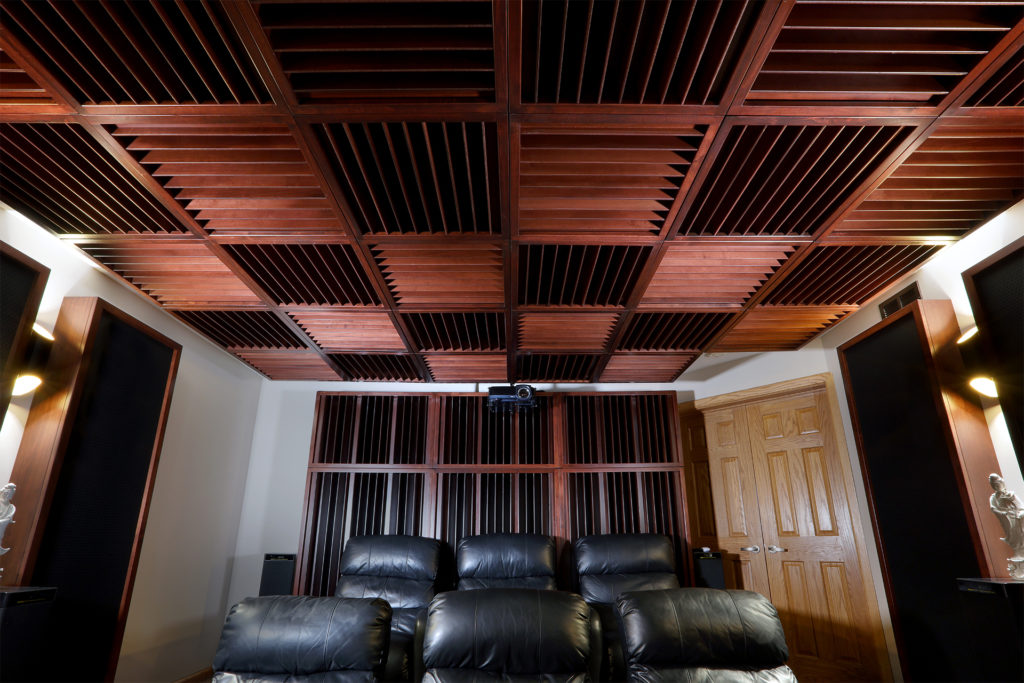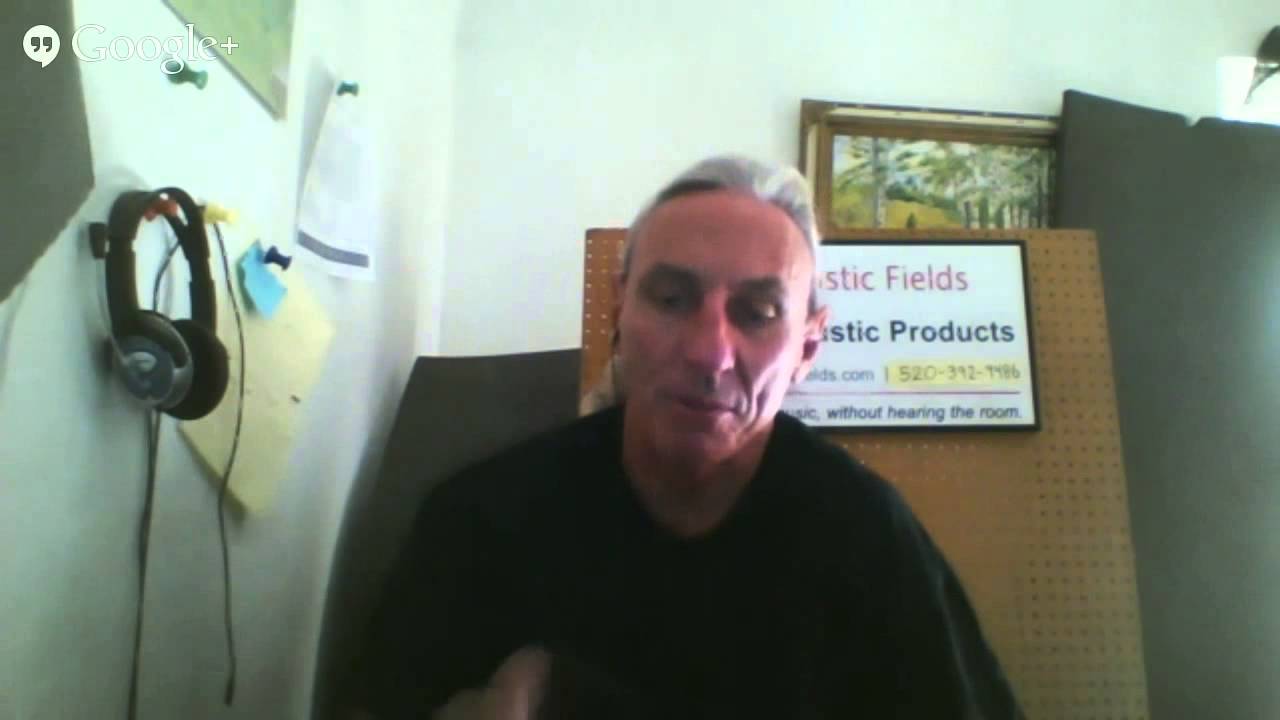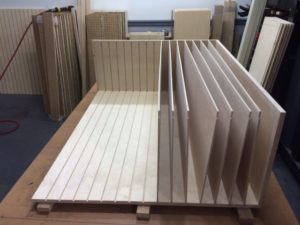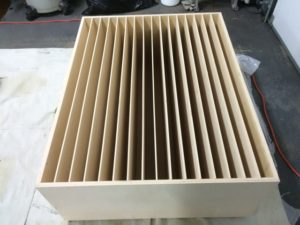This blog has been updated from its original posting to reflect new information in the science of MDF sound absorption, these updates occurred on 12/2/19.
In response to my video on “How to assemble DIY sound diffusers,” I was asked whether you should ever use MDF when building a sound diffuser? Well, there’s a lot of issues with that. Okay well, I have built diffusers using MDF and I’ve built diffusers using hardwood, medium woods, and softwoods. So all types and MDF sounds terrible for a diffuser. The reason for this sound quality is that MDF is too sound-absorbing. Think of MDF sound absorption or acoustic MDF. It’s best to stay with softwoods for middle and high-frequency tonal balance.
Quadratic Diffusion: https://www.acousticfields.com/quadratic-diffusion-diffused/
What Is A Diffuser?
A diffuser is a musical instrument, “I think of a diffuser as a speaker” (let’s put that in quotes). It does produce whatever energy enters it, it puts that energy back into the room but it does it its way based on its frequency response and whether it is oriented in a vertical or horizontal orientation. And remember that sound takes the characteristics of the surfaces it strikes and MDF is just not that good of a material for a diffuser. Softwood sounds much better and looks much better.
- Quadratic Diffuser Interior Vertical Wells
- Quadratic Diffuser
Quadratic Diffuser
A quadratic diffuser can be quite impressive if the quality of the workmanship and the craftsmanship is good because they cover a lot of surface area. So you want them to look nice and you want the finish on them to be nice and obviously the wood should compliment the room and things like that. Yes, you can calculate quadratic diffusers to produce almost any frequency response that you want, desire or want to test. We don’t do that for our customers, we just give them the basic series so that they can understand what diffusion is.
Diffusers: https://www.acousticfields.com/product-category/sound-diffusion/qd-series/
Now in a more critical application if you were in a studio situation where you are recording just one instrument in one room all the time, then you could tailor that particular room to match the instrument and you could calculate diffusion sequences that would complement the frequency response of the instrument in the room. But that’s another area, that’s a whole other step and most of our customers are interested in diffusion in terms of what it can do to the sound stage, spaciousness, definition, separation. All those things are achievable with the basic prime number series.

Ceiling Diffusers in Studio
Let’s Use Wood for Our Diffusers
Using wood especially softwood for your diffuser builds will increase the middle range tonal balance. Using MDF will increase the absorption coefficient of the diffuser and not allow middle range and high frequencies to come through as they should. Don’t think about MDF sound absorption or acoustic MDF. A diffuser is designed to receive energy and then spread it back out into the room in a fan-like array depending on a one dimensional or two-dimensional setup. A one-dimensional set up has the quadratic diffuser arranged in either a vertical or horizontal orientation. A vertical set up allows for energy to be spread out in a 180-degree horizontal fanlike array. A horizontally placed diffuser spreads the sound out in a vertical 180-degree fan-like array. These are both examples of one-dimensional diffusion. You can use one-dimensional diffusion and arrange it in both a vertical and horizontal pattern. Which one to use depends on usage, distance from the diffuser to ears and the type of diffused sound field you require.
So I just don’t like MDF for diffusers, there’s a big sonic difference and I also don’t like them for appearance.
In Summary
I hope today’s discussion helps solve the problem you are having. Please message me at info@acousticfields.com if you have any questions as I am always happy to help. If you want more to learn more about room acoustics please sign up for our free acoustic video training series and ebook. Upon sign up you will instantly have access to a series of videos and training to help improve the sound in your studio, listening room or home theatre.









